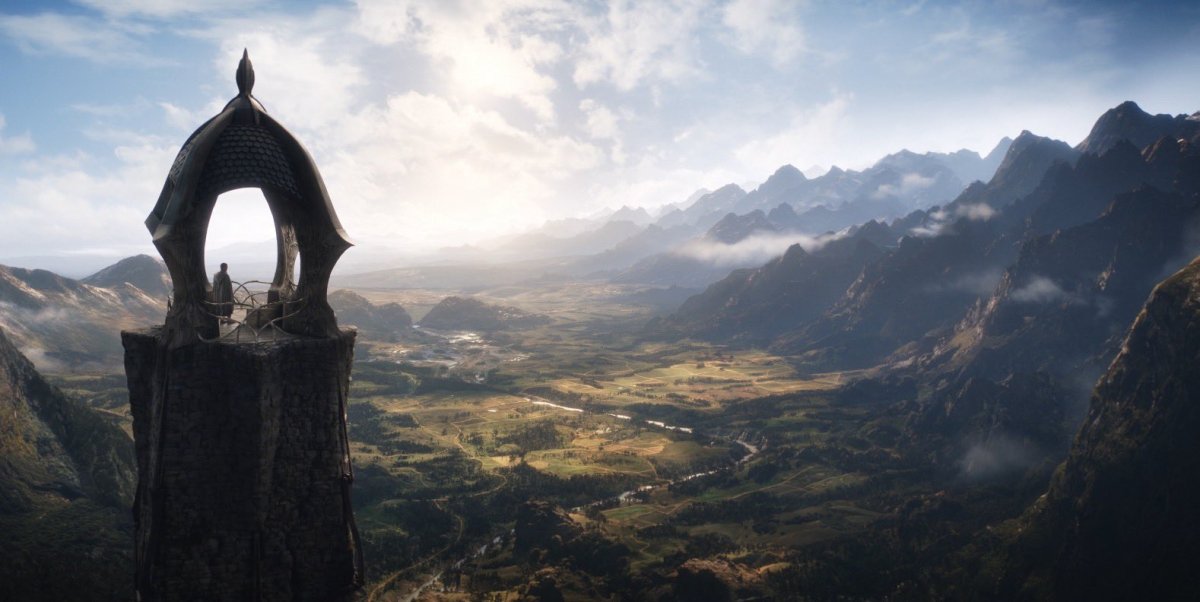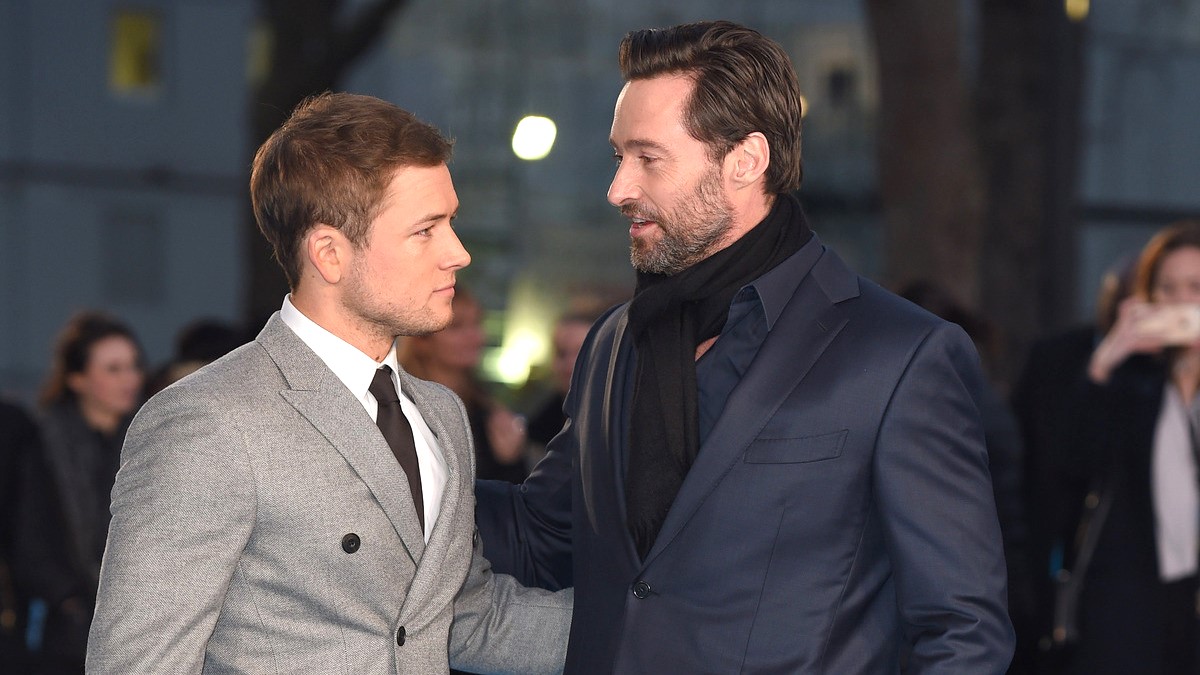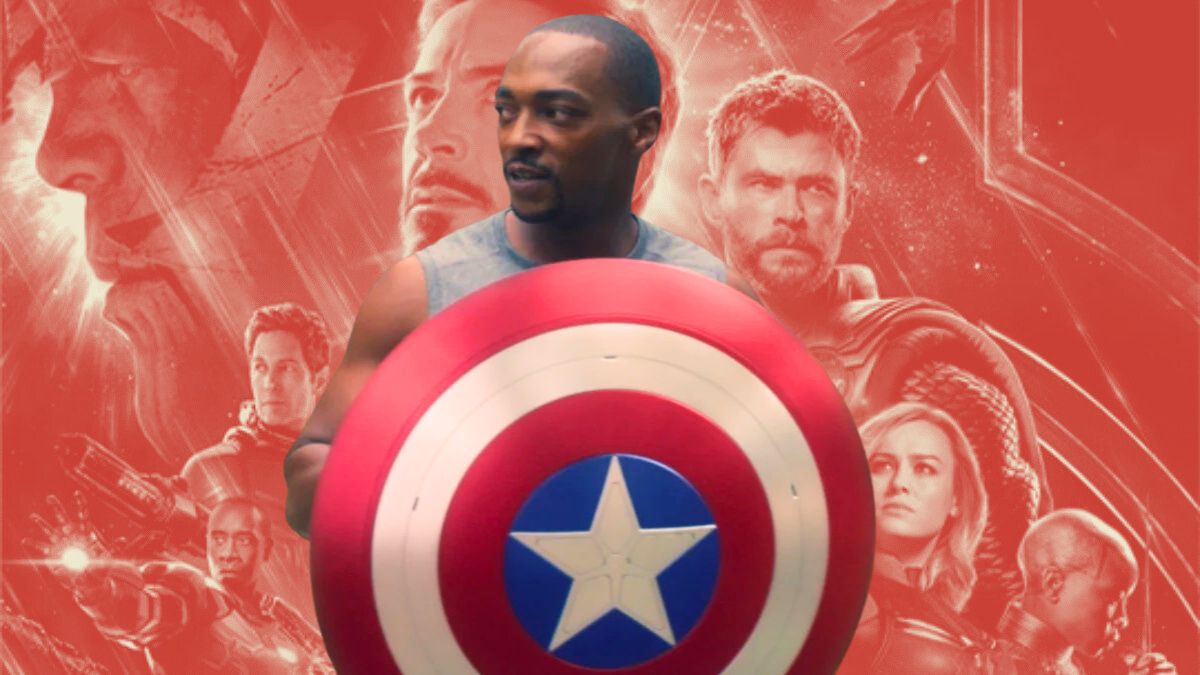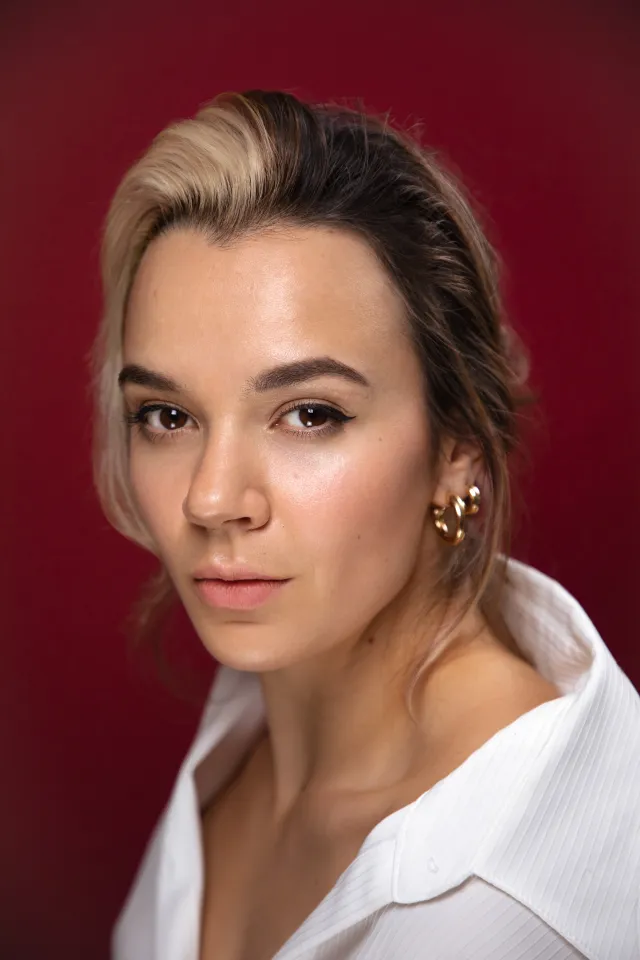J. R. R. Tolkien is the creator of one of the beloved fantasy worlds in literary history. He created a world so rich in mythology and history, as well as creating multiple languages for it, which many have devoted their own lives to studying. You may best know his world from the classic novel and movie adaptations The Lord of the Rings and The Hobbit, stories set in the land of Middle Earth.
Tolkien’s creation of Middle Earth was one that incorporated many aspects of his life. The fact that Middle Earth and all that surrounds it is a world created from a single man’s life is a humbling thought really. In an article for The Guardian, Richard Ovenden, Bodley’s Librarian at the University of Oxford said, “his imagined world was created through a combination of his deep scholarship, his rich imagination and powerful creative talent, and informed by his own lived experiences.” Here, we will look at just some of his inspirations and how they allowed him to create one of the most fully formed literary worlds of all time.
Early childhood
John Ronald Reuel Tolkien was born September 3, 1892 in Bloemfontein, South Africa. His parents were Authur Reuel Tolkien and Mabel Tolkien, née Suffield. He also had a brother born two years later, Hilary Authur Reuel Tolkien. At the age of three, Tolkien, his mother, and his brother, all went to England on what was meant to be an extended visit, only for his father to die before he could join them, leaving the family stranded there and without income. His mother relied on her family in Birmingham until her conversion to Catholicism, which saw her disowned by her Baptist family.
Upon her death in 1902, she placed her sons in the care of Father Francis Xavier Morgan, to continue raising them as good Catholics. His religion played a huge part in his life and is infused into his work through the themes of light and darkness, good vs. evil, death, and resurrection. He even has a Lucifer equivalent in Melkor, a cast-out angelic being. We can also see here some similarities to one of Tolkien’s main characters, Frodo Baggins, himself an orphan left in the care of another.
Growing up in Sarehole, Warwickshire, a pastoral part of the country would inspire the creation of the Shire. However, Tolkien’s rural upbringing would be jolted by the industrialization of the growing Birmingham city and he alludes to this in Lord of the Rings, when Saruman in Isengard pulls down the trees and poisons the air and water with industry. Sarehole fell to the same fate and is now a part of the suburbs of Birmingham, which Tolkien directly used to inspire the Scouring of the Shire.
The T.C.B.S and WWI
Tolkien attended King Edwards School, where he founded a society with three other friends, Rob Gilson, Geoffrey Bache Smith, and Christopher Wiseman. They named the society the T.C.B.S, The Tea Club, and Barrovian Society, after their fondness for drinking tea at Barrow’s Store near their school. It was a future meeting of the T.C.B.S, after they had departed school, where they held ‘The Council of London’ in 1914, that Tolkien decided to dedicate himself to writing poetry.
They considered themselves stronger together than apart, believing they could right the wrongs of the world through literature and art. Tolkien started to pursue his creative talents further, and it was after this meeting that he began laying the groundwork for what would become Middle Earth and invented the Elvish language in 1915. Writing to his friend Smith, Tolkien said,
“That Council was as you know followed in my own case with my finding a voice for all kinds of pent up things and a tremendous opening up of everything for me:— I have always laid that to the credit of the inspiration that even a few hours with the four always brought to all of us.”
To G. B. Smith, August 12, 1916,
The Letters of J. R. R. Tolkien, 1981, edited by Tolkien’s biographer Humphrey Carpenter assisted by Christopher Tolkien
During WWI, all the members of the society enlisted to fight in the war, and of the four, only Tolkien and Wisemen survived, with Gilson dying on the first day of the Battle of Somme and Smith dying from shrapnel wounds later on. The friendship he had with these individuals went on to inspire the Fellowship of the Ring, with Tolkien likely seeing himself and his friends in the male friendships he wrote about. His time spent in the trenches and at war also inspired the land of Mordor, infusing the horrors of war into the dreaded and evil place.
Love
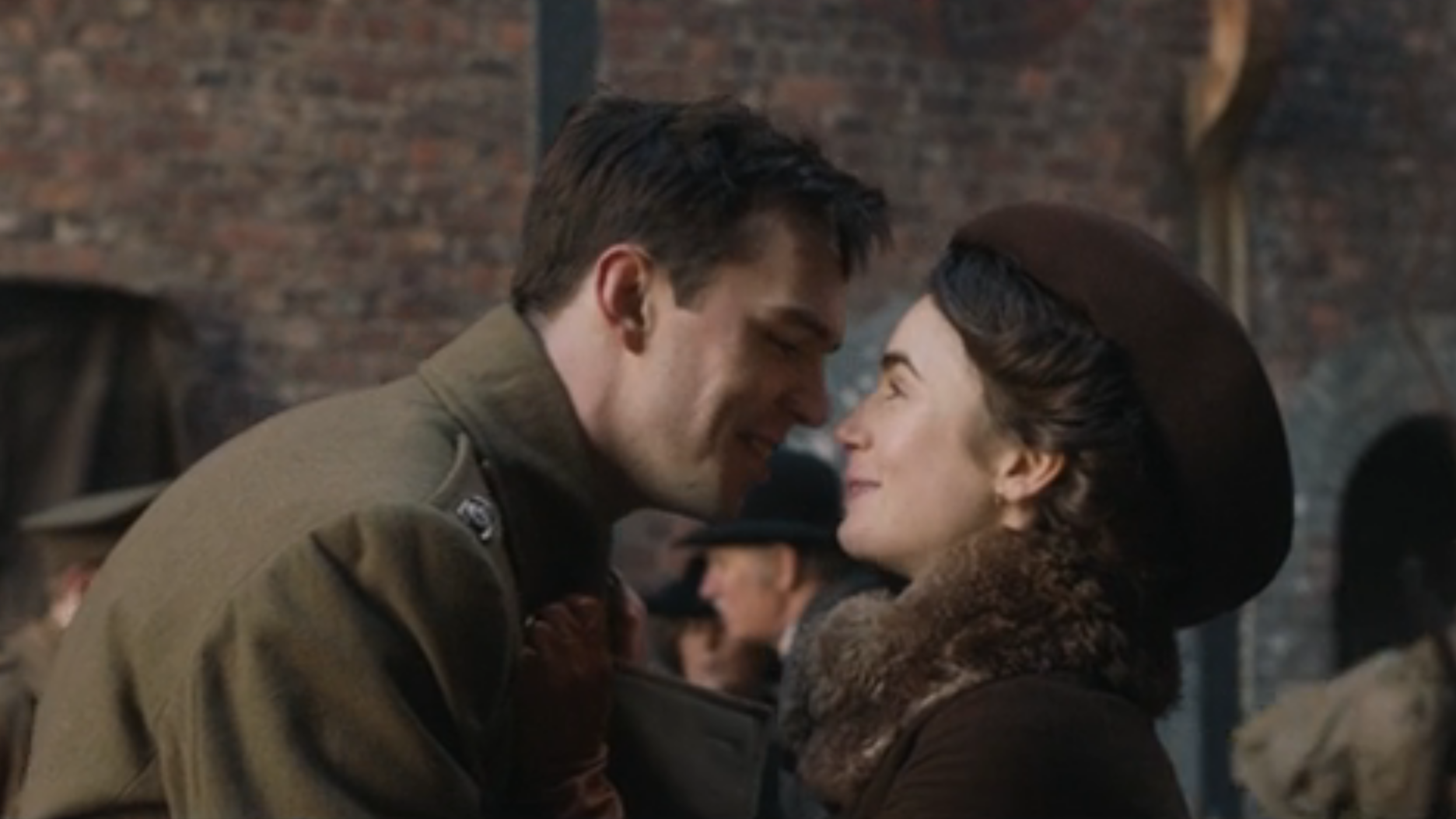
Upon moving to a boarding house at the age of 16, he met a fellow orphan, Edith Bratt, who was three years his senior. The two gradually came to love one another and the letters that he later wrote to her convey the sweetness of his love, as taken from Humphrey Carpenter’s J.R.R. Tolkien: A Biography:
“And our goodnights when sometimes you were in your little white nightgown, and our absurd long window talks; and how we watched the sun come up over town through the mist and Big Ben toll hour after hour, and the moths almost used to frighten you away — and our whistle-call — and our cycle-rides — and the fire talks — and the three great kisses.”
Father Morgan eventually forbade Tolkien from contacting her, in part due to her Protestant faith, but especially as he deemed her a distraction to Tolkien’s Oxford entrance examination. He told Tolkien he could speak to Edith once he turned 21. Eventually, after being kept away from one another for so long and with Edith engaged to another man, Tolkien was finally allowed to reach out to her confessing his love causing her to break off her engagement. They were married on March 22, 1916.
His love for his wife Edith, was the inspiration for the greatest love story in Middle Earth, that of Beren and Lúthien, whose names are inscribed on Tolkien and his wife’s gravestone. After returning from France during WWI, the couple took walks in the woods together that would go on to spark Tolkien’s imagination. Writing to his son in his later years, he recalled of Edith:
“In those days her hair was raven, her skin clear, her eyes brighter than you have seen them, and she could sing — and dance.”
To Christopher Tolkien
Letters No. 340, The Letters of J. R. R. Tolkien, 1981, edited by Tolkien’s biographer Humphrey Carpenter assisted by Christopher Tolkien
Beren and Lúthien’s love is remarked upon in the Lord of the Rings and later in The Silmarillion, a pairing of man and elf, whose love was so strong and pure that after their tragic demises, Mandos, judge of death, saw fit to bring them back to life to be with one another. There are similarities between them and the pairing of Aragorn and Arwen.
Language and mythology
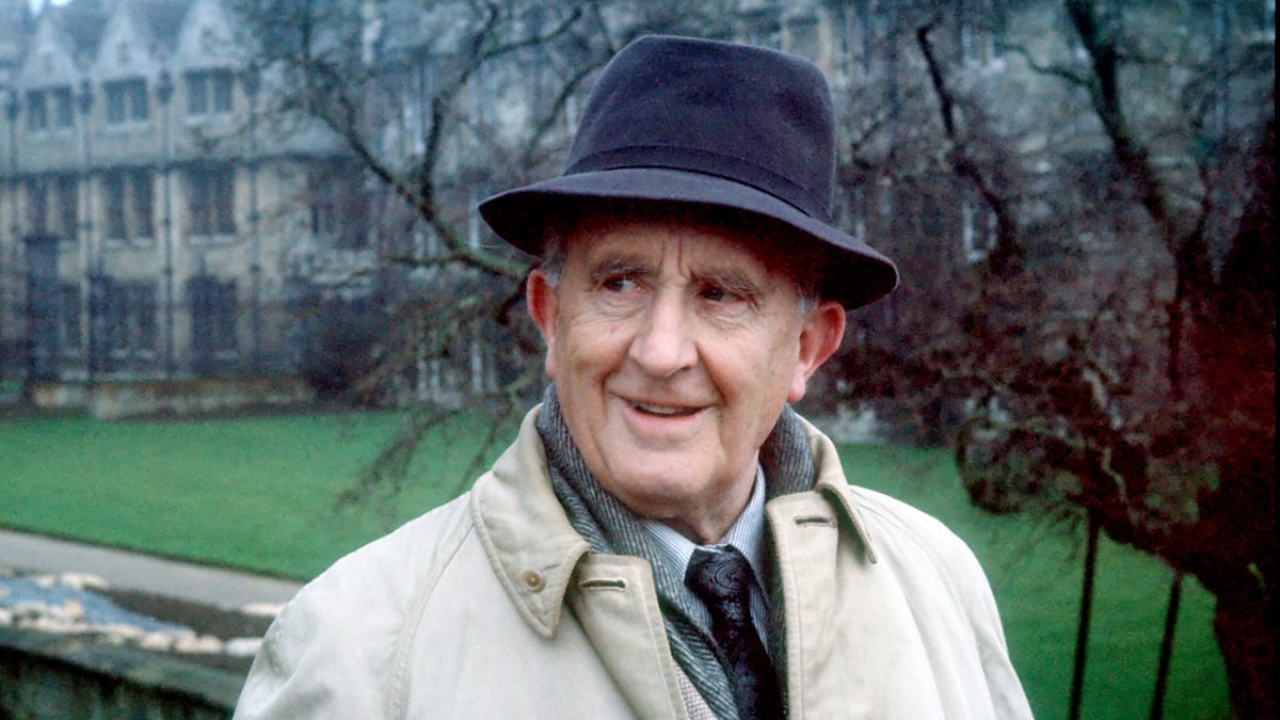
Tolkien wrote at the beginning of the 20th century, complaining that unlike the neighboring countries of Wales, Scotland, and Ireland, England had little mythology of its own. He wanted to create a mythology for his country and drew inspiration from Germanic and Scandinavian mythology and his fondness of Nordic and Anglo-Saxon culture.
Many cite his love for the Old English epic poem ‘Beowolf’ as the starting point for a lot of Middle Earth’s locations, names, and characters. Similarly to himself, Beowulf’s author was a Christian who was looking back to a Paganistic time and embodied a large symbolism within his writing. Many of the names Tolkien uses can trace their way back to Beowulf, such as Saruman, and also characters such as the trolls, Gollum, and Smaug, which were directly influenced by creatures from the epic.
Tolkien’s love of languages was also a huge part of the creation of his world. As a child, Tolkien’s cousins Mary and Marjorie Inceldon introduced him to their invented language Animalic, and from there they would go on to create more complicated language systems.
This led Tolkien to study Philology (the study of languages in oral and written historical sources), and he eventually became a polyglot mastering Latin, Greek, Old Norse (Old Icelandic), Finnish, German, Old English, Welsh, and apparently was adept at Russian, Serbian, Swedish and Dutch amongst others. He would then go on to create the languages of Middle Earth, including the more fully-formed Quenya and Sindarin, the languages of the Elves.
Quenya, the poetical and prose-like version of Elvish, was primarily inspired by Finnish, whereas the more common tongue of Sindarin was inspired by Welsh. Tolkien wrote about his fondness for the Welsh language in an essay entitled ‘English and Welsh’ describing his first encounter with the language as “a flash of strange spelling and a hint of a language old and yet alive. It pierced my linguistic heart.”
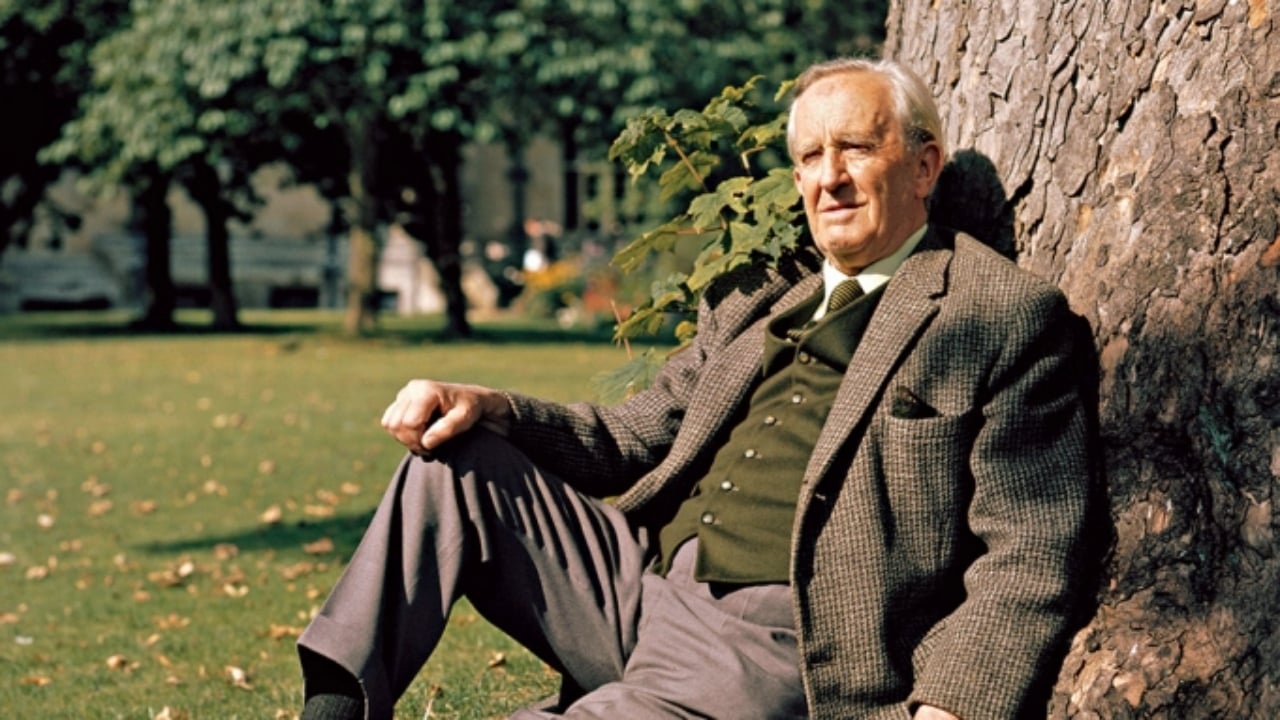
Tolkien’s inspirations are wide and many, and could not possibly be summed up in one article. There are books dedicated to Tolkien’s life and research, and with the author now passed, academics and fans alike debate how strong some of these influences really were in the creation of Middle Earth. With the upcoming Amazon series, Lord of the Rings: The Rings of Power, we will get to see even more of Tolkien’s creations brought to life, exploring the vast history of the world and meeting new characters. Perhaps the series will introduce a wider audience to the world, allowing a new generation to fall in love with Middle Earth just as generations before them have also done so.

